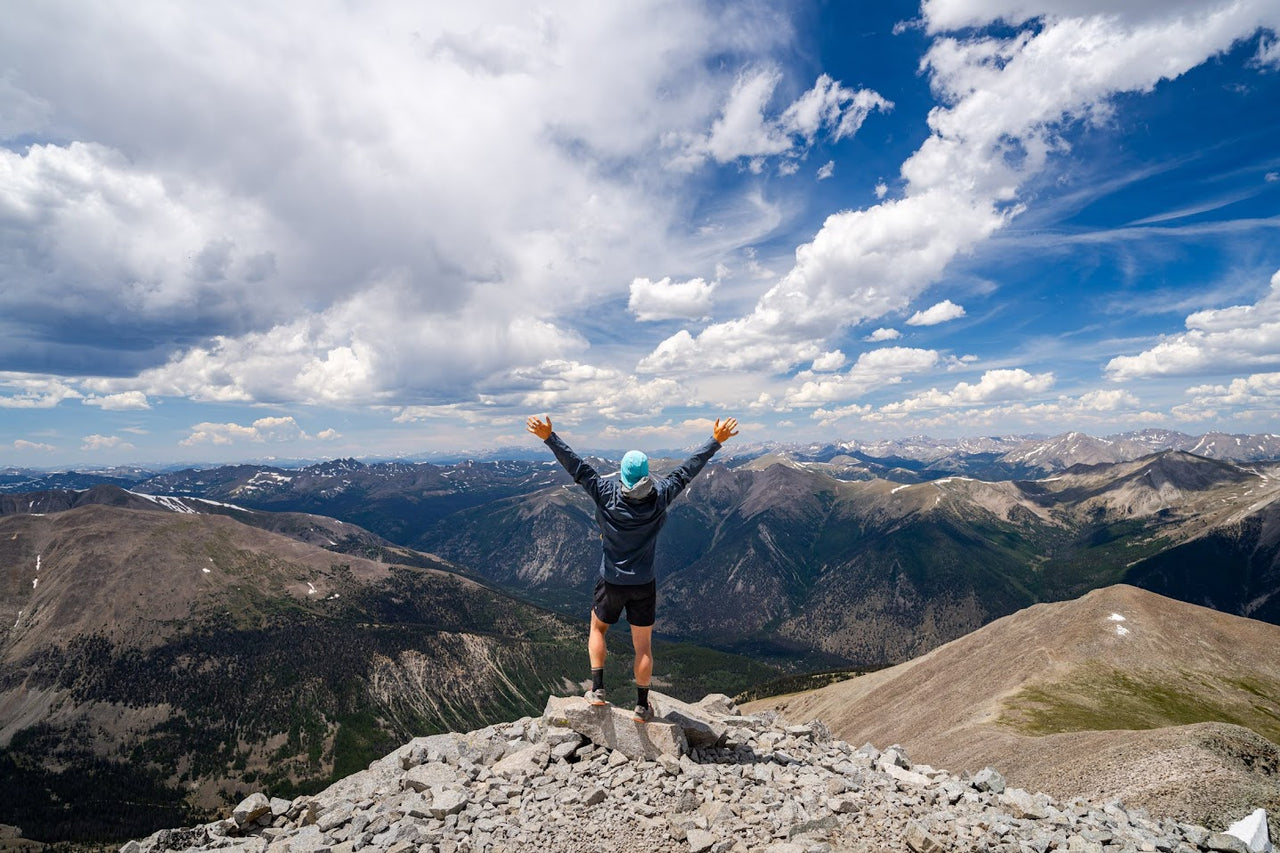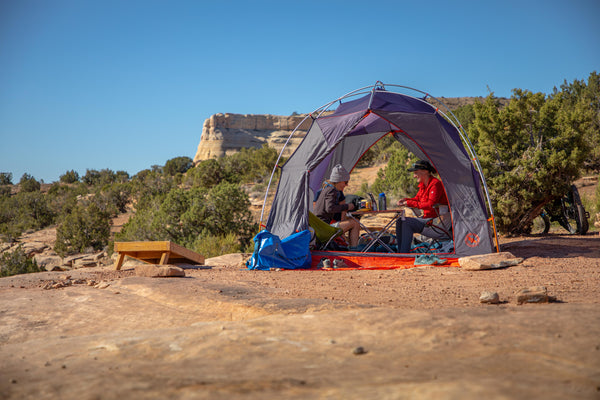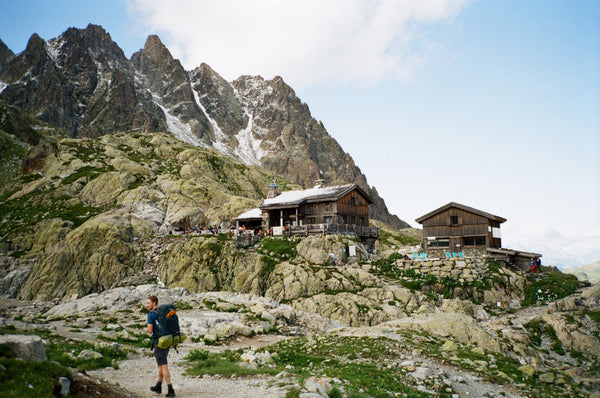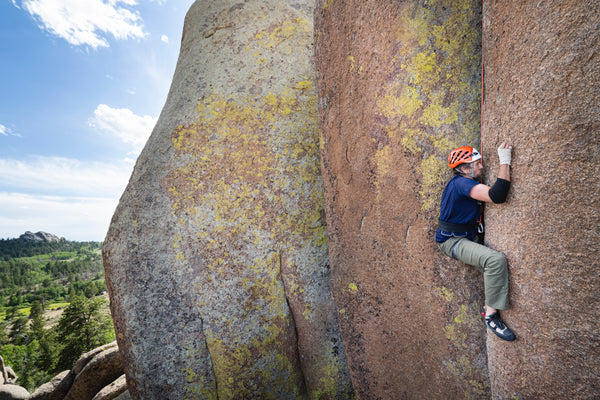First off, good for you to seek out a personal challenge to reach the summit of a 14,000-foot peak! Hiking a 14er, as they are affectionately known, is an incredible adventure that offers breathtaking views and a sense of accomplishment that's hard to beat. But, before you lace up your hiking boots and hit the trail, there are a few crucial things you need to know to ensure a safe and successful hike. In this blog post, we will discuss the four essential pieces of information you need to have before embarking on your 14er adventure.
The Route
The first step in preparing for your 14er hike is understanding the route you'll be taking. This involves more than just knowing the name of the peak; you need detailed information about how to get to the trailhead, the length of the hike, the elevation change, and an estimate of the time it will take to complete the climb.
- Trailhead: To get to the starting point of your hike, you'll need to know the specific trailhead location. Research and obtain precise directions, as trailheads can sometimes be tucked away in remote areas, and GPS signals may be unreliable.
- Hike Length: The distance you'll be covering can vary significantly between different 14ers. Some hikes may be relatively short, while others can be quite long. Make sure to check the total mileage and factor this into your overall plan for the day.
- Elevation Change: The elevation change is a critical factor to consider, as it can greatly impact the difficulty of your hike. Hiking at high altitudes is more strenuous due to decreased oxygen levels. Be prepared for steep ascents and descents.
- Estimated Time: Calculate how long the hike is likely to take. For an average hiker, a general rule of thumb is to allow one hour for every two miles of hiking, plus an additional hour for every 1,000 feet of elevation gain. This will give you a rough estimate of how much time you should allocate for your hike. Don’t be surprised if you calculate a day that is 10-15 hours long!

The Weather
The weather in mountainous regions can change rapidly, and conditions at high altitudes can become harsh in minutes. It's crucial to monitor the weather forecast and be prepared for various scenarios. Here's what you need to know about the weather:
- Check the Forecast: Prior to your hike, check the weather forecast for both the trailhead and summit. Pay attention to factors like temperature, wind speed, precipitation, and the likelihood of thunderstorms. Mountain Forecast allows you to check specific mountain weather conditions.
- Be Prepared for All Seasons: Even if you're hiking in the summer, be ready for cold temperatures and sudden weather changes. Dress in layers, carry extra clothing and pack rain gear. Hypothermia is a real risk, so staying warm and dry is essential.
- Start Early: In mountainous terrain, it's often best to start your hike early in the morning when the weather is generally more stable. Afternoon thunderstorms are common at high elevations, and you'll want to be off the summit and below the treeline before they hit.

Your Gear
Having the right gear is essential for a safe and enjoyable 14er hike. Here's a checklist of the gear you should consider:
- Footwear: Invest in good-quality hiking boots that provide ankle support and have sturdy, grippy soles. Proper footwear is crucial for navigating rocky and uneven terrain. If you don’t want to wear boots, some of your other options are approach shoes with sticky rubber or trail running shoes.
- Clothing: Dress in moisture-wicking, breathable layers to manage temperature and moisture. One critical piece of gear is your jacket, I suggest the Big Agnes Zetto Jacket. Don't forget a hat and gloves to protect against sun and cold, and wear sunscreen to prevent sunburn at high altitudes.
- Backpack: A comfortable, well-fitted backpack, like the Ditch Rider 20L, is necessary to carry your essentials. Ensure it has enough capacity to hold extra clothing, food, water, first-aid supplies, and navigation tools.
- Navigation: GPS devices or smartphone apps with pre-downloaded maps can help track your progress and ensure you stay on the right trail.
- Water and Food: Hydration is crucial at high altitudes, so pack plenty of water or a water filtration system. High-energy snacks like granola bars, nuts, and dried fruit can keep your energy levels up during the hike.
- Headlamp: Just bring it! Your hike to the summit could take longer than expected and a headlamp can be a lifesaver for those unexpected moments.
- Trekking Poles: These can provide stability and reduce the impact on your joints during steep descents.

Emergency Readiness
While you hope for a smooth hike, it's essential to be prepared for emergencies. Here's what you need to know about being ready for unexpected situations:
- Leave a Plan: Inform someone you trust about your hiking plans, including the trailhead, estimated start and finish times, and any alternative routes you may take. If something goes wrong, this information will be invaluable for search and rescue teams.
- Basic First Aid: Carry a basic first-aid kit that includes bandages, antiseptic wipes, pain relievers, and any personal medications you might need. If you can, take a Wilderness First Aid (WFA) or Wilderness First Responder (WFR) course as well.
- Communication: Depending on the location, cell phone reception may be limited. Consider bringing a satellite communication device, such as a satellite phone or a personal locator beacon (PLB) or a Garmin Inreach, for emergencies.
- Know When to Turn Back: The most important aspect of emergency readiness is recognizing when it's time to turn back. If weather conditions deteriorate, you or someone in your group is experiencing altitude sickness or other health issues, or you encounter other unexpected challenges, it's okay to abandon the summit attempt for your safety.
If you know these four critical pieces of information before you hit the trail, the only thing left is to start hiking. Remember that the key to a successful 14er hike is preparation and persistence. The mountains will always be there, so if the conditions aren't right, it's okay to postpone your hike for another day. Safety should be your top priority, and by following these guidelines, you'll be better equipped to enjoy the stunning views and the sense of accomplishment that come with summiting a 14er. So, go out there and embrace the adventure!
About the Author: Dalton Johnson is a commercial and documentary photographer/director who specializes in authentic storytelling. Follow Dalton on Instagram @detourswithdalton


 United States (USD) | EN
United States (USD) | EN 



